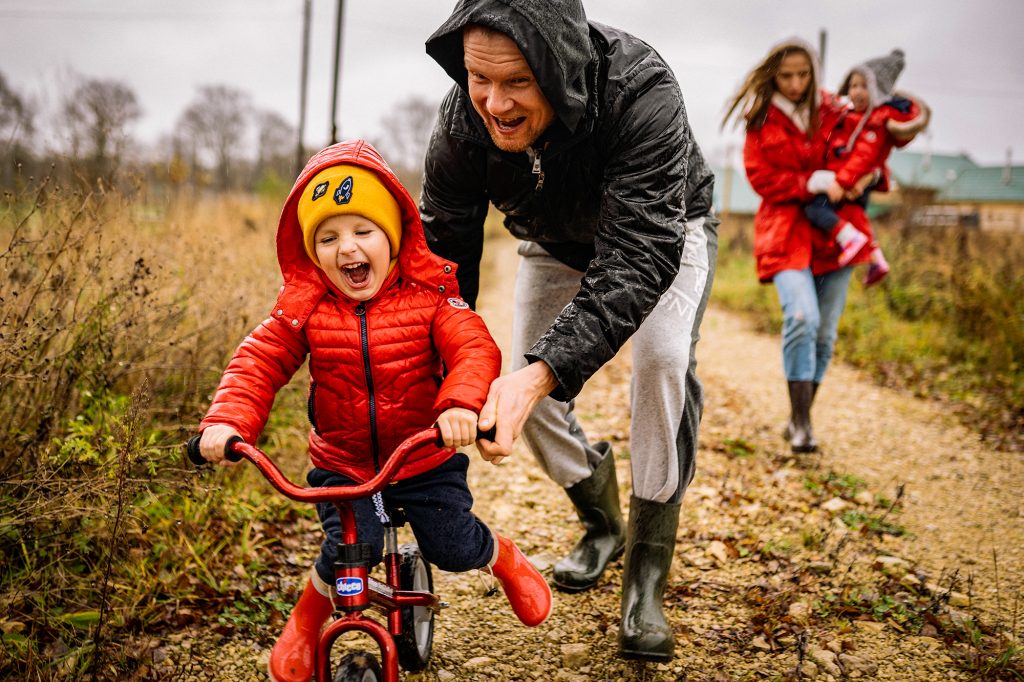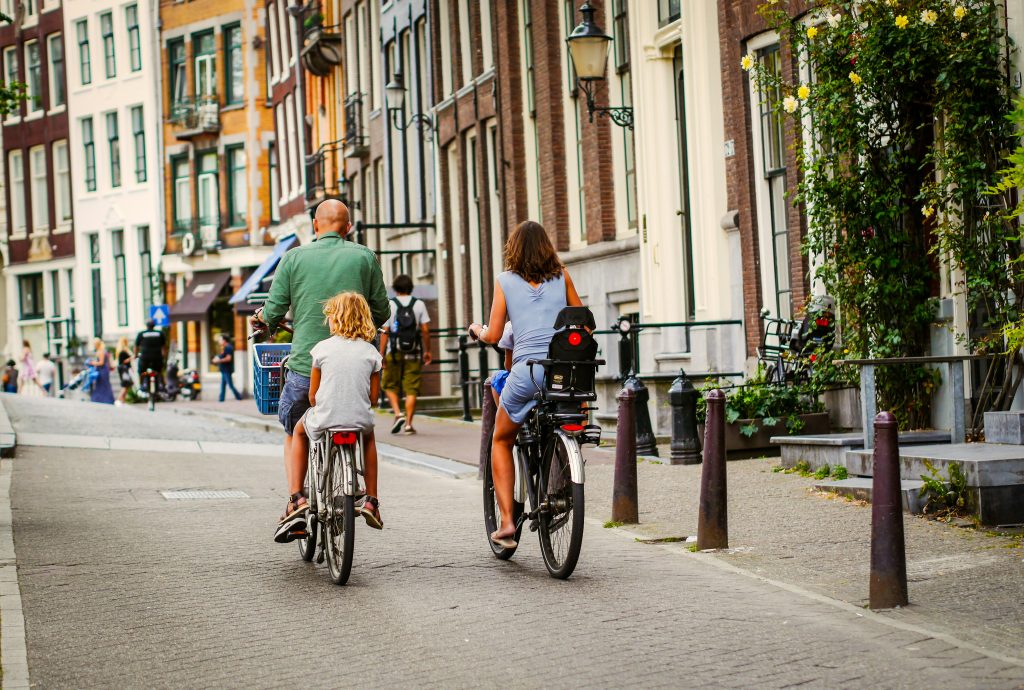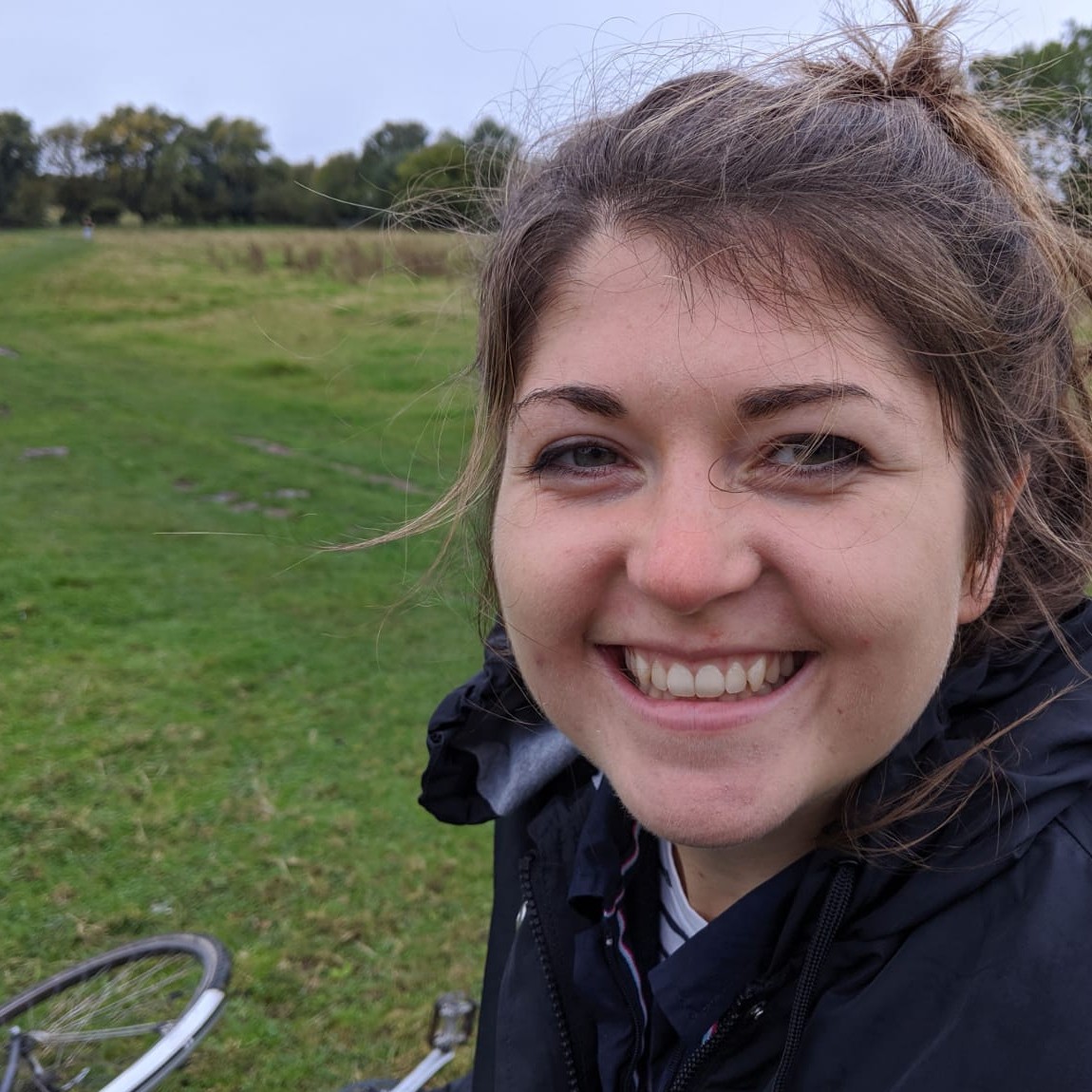“If you are considering cycling as an option for your city, please consider this group,” says Alex Baum, co-author of the ‘Cycling Cities for Infants, Toddlers, and Caregivers’ Report. He told us why it is important to include this neglected group and how to make a city better suited to them.
Who Are the Caregivers and Why Do They Matter?
“The role of the caregiver as a group of cyclists is rarely, if at all, acknowledged,” Alex Baum from BYCS states, “This is because they take on so many different shapes and appearances, from a pregnant mother to a grandfather taking care of a toddler.” Yet, caregivers are crucial to our cities and is a role that many of us will play at some point in our lives.
To bridge this gap, BYCS and the Bernard van Leer Foundation created a comprehensive report on ‘Cycling Cities for Infants, Toddlers and Caregivers’. It shows that enabling a toddler to ride a push bike or transporting an infant across a city – be it by cargo bike or a child bike seat – are difficult tasks if a city does not accommodate for it.
“When you’re cycling or walking with a young child, distances that seem manageable for an adult usually need a place to stop or take a moment,” explains Baum. Caregivers are also more likely to need access to public toilets, wider cycle tracks for cargo bikes and are more alert to traffic safety. Acts like placing more benches along cycle tracks, or reducing speeds near nurseries, can therefore make journeys more manageable.
Although these measures do take time and resources, there’s a strong case for why cities should focus on this group.
The Benefits of Including Infants, Toddlers and Caregivers In Cycling
“Infants, toddlers and caregivers are an indicator species; if they are thriving, then it’s likely that many other groups are too,” states Baum. When vulnerable groups such as caregivers and infants are cycling, other groups will also feel comfortable enough to cycle. With a higher modal share of cycling, streets become safer, healthier and more people-centric. Air pollution drops and citizens are more active – particularly when infants are exposed to cycling, as they are likely to continue it into adulthood making it an investment in the city’s future.
The report also underlines the benefits of cycling for the early development of infants. Exploring a push bike or being tucked into a child bike seat are bonding opportunities for caregivers and infants. “The close physical proximity and unrestricted panoramic view that caregivers and young children share while cycling together make this connection effortless,” writes Baum.

For the caregiver, being able to travel with an infant as a single unit can reduce stress and expand the radius of where they can reach. It also strengthens the community, as cycling allows for greater interaction with the surroundings and encounters with residents, including other caregivers.
Keeping the city’s youngest in mind when planning cycling measures can therefore lead to a wealth of benefits – not just for infants and caregivers, but for city dwellers at large. This then leads to the fundamental question of how a city can be made to serve this group.
Steps to Include Caregivers and Infants In Cycling
“The biggest step is just acknowledging that this is a group you want to prioritise,” states Baum, “that’s a far more difficult step than actually prioritising them.” In order to achieve this, the Cycling Cities for Infants, Toddlers and Caregivers Report provides recommendations based on the city’s level of cycling commitment. Some of the main points are summarised below.
A) Beginners’ Cities – Put Cycling On the Agenda
Characterised by a lack of cycling infrastructure and a lack of political commitment towards cycling, beginner cities need to focus on making cycling a priority.
According to the report, outlining to policymakers the benefits of cycling, both generally and also for specific groups like caregivers and infants, is the first step for cities at this early stage. This requires bringing the advantages of cycling to light, and also targeting the objections of cycling with facts and data, such as claims that cycling infrastructure is expensive, or there’s not enough space for infrastructure. By making a compelling case for cycling, policymakers may start to lean towards action.
B) Intermediate Cities – Address Concerns
These cities have begun to push for cycling but need guidance on how to include infants, toddlers and caregivers. The report recommends firstly identifying the obstacles preventing caregivers from cycling in the city. Concern for personal and traffic safety are usually the central barriers. “Unless you can get past those barriers, it’s really hard to envision anything beyond that,” explains Baum. Expensive equipment, topography, social perceptions and distance are other hinderances to cycling.
Once these concerns are understood, they can be accommodated for. The report offers multiple ideas on how to go about that, such as:
- Pilot infrastructure projects, like separated cycle tracks and traffic calming measures as these increase the perceived safety
- Prioritise infrastructure changes, through systems like Level of Traffic Stress, to achieve the highest impact first
- Host car-free events to show citizens how it could be
- Establish a caregiver working group to consult
- Launch lease-to-own programmes for bicycles and e-bikes to make it more affordable
- Combine public transport with cycling through good connections to stations, secure parking and frequent services
- Implement bike sharing schemes, ideally with child seats

C) Advanced Cities – Actively Make Changes
An advanced city is one which has laid the foundations for caregivers to cycle and can now build on this to make cycling an optimal choice. As the city expands its measures for cycling caregivers, the report reminds policymakers to equitably distribute projects across the whole city and to collect data on travel patterns to maximise any schemes.
Under the banner of safety, ease, comfort and fun, these are some of strategies that the report suggests:
- Establish a network of cycle lanes and low speed streets from neighbourhoods to caregiver destinations
- Implement a car circulation plan with a hierarchy of streets
- Widen cycle lanes and bike parking spaces for cargo bikes
- Provide ‘play/pause’ spaces with benches at frequent intervals
- Build ‘Traffic Playgrounds’ where infants and children can learn to cycle
- Implement drinking fountains and public toilets with changing facilities on route to caregiver destinations
- Implement traffic calming measures at caregiver destinations
- Add street trees for shade and traffic calming
- Include cycling in pre-school education
- Establish a Department of Children and Families for prioritising family-friendly cities
- Facilitate groups of caregivers who can cycle together
How to In a Nutshell…
“A city shouldn’t just be a place you pass through at the fastest speed possible, it’s a place to notice, linger, enjoy and absorb,” says Baum. By planning cycling with the city’s youngest in mind, this becomes a lived reality. Download the report here to find out which steps each city can take to give caregivers the chance to cycle!


